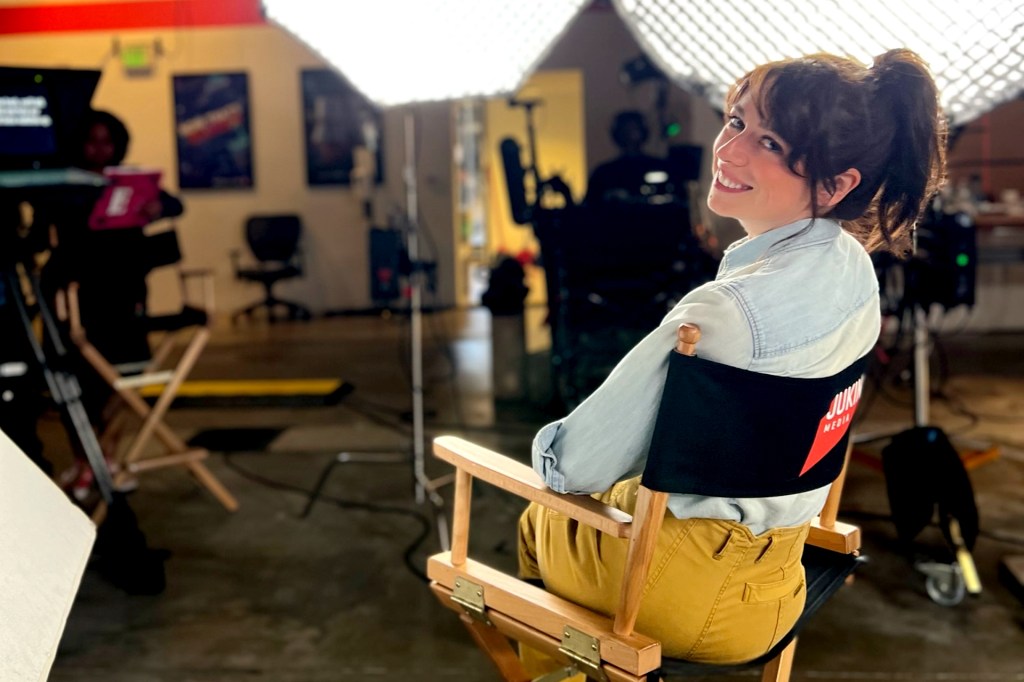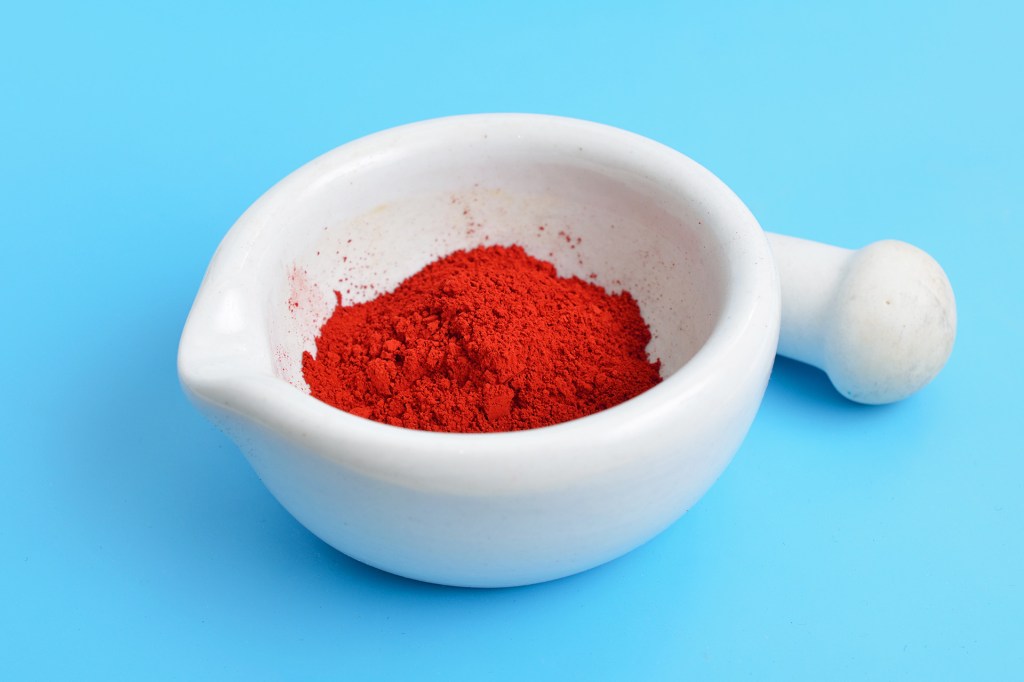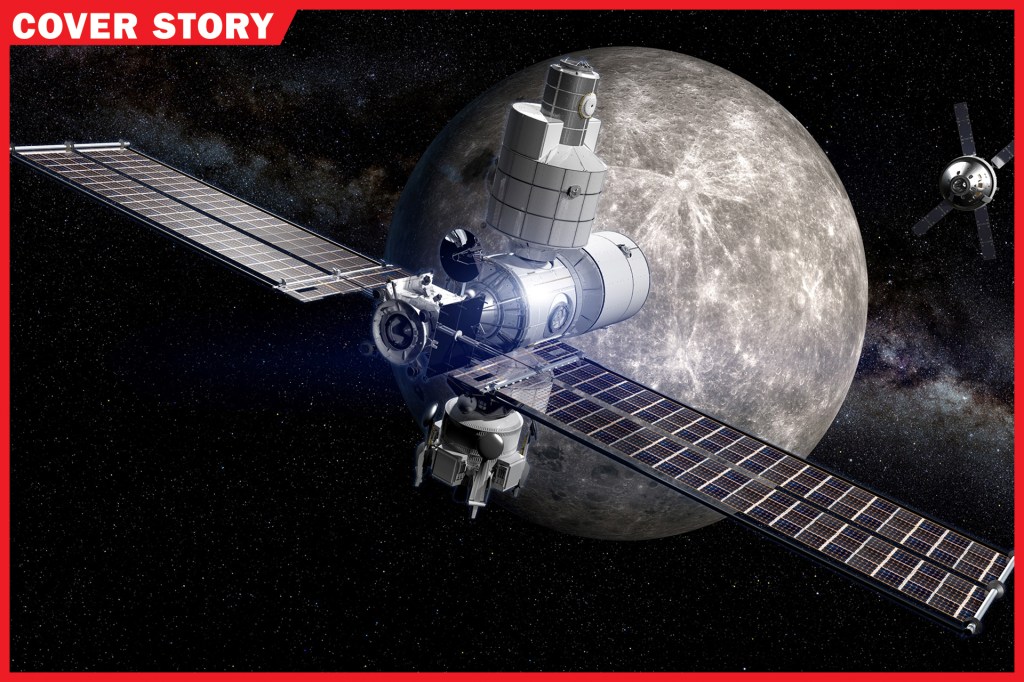
People first set foot on the moon on July 20, 1969. Astronauts Neil Armstrong and Buzz Aldrin stepped from the Apollo 11 spacecraft and planted an American flag on the moon’s rocky surface. Six NASA lunar
lunar
 NEIL ARMSTRONG—NASA
relating to the moon
(adjective)
Astronaut Neil Armstrong returned to Earth with several lunar rocks.
missions followed over the next few years, and 10 more astronauts walked the lunar surface. Then the United States government stopped funding such missions. NASA hasn’t sent a crew to the moon since 1972.
NEIL ARMSTRONG—NASA
relating to the moon
(adjective)
Astronaut Neil Armstrong returned to Earth with several lunar rocks.
missions followed over the next few years, and 10 more astronauts walked the lunar surface. Then the United States government stopped funding such missions. NASA hasn’t sent a crew to the moon since 1972.
Now the space agency is planning a return trip. In December 2017, President Donald Trump signed a Space Policy Directive. It put manned lunar exploration back at the top of NASA’s agenda.

GIANT LEAP Astronaut Buzz Aldrin poses for a photo on the moon, on July 20, 1969.
NASANASA wants to change the way astronauts explore the moon. The Apollo 11 crew spent 21 hours, 36 minutes there before heading home. Future astronauts could spend up to six weeks at a time orbiting
orbit
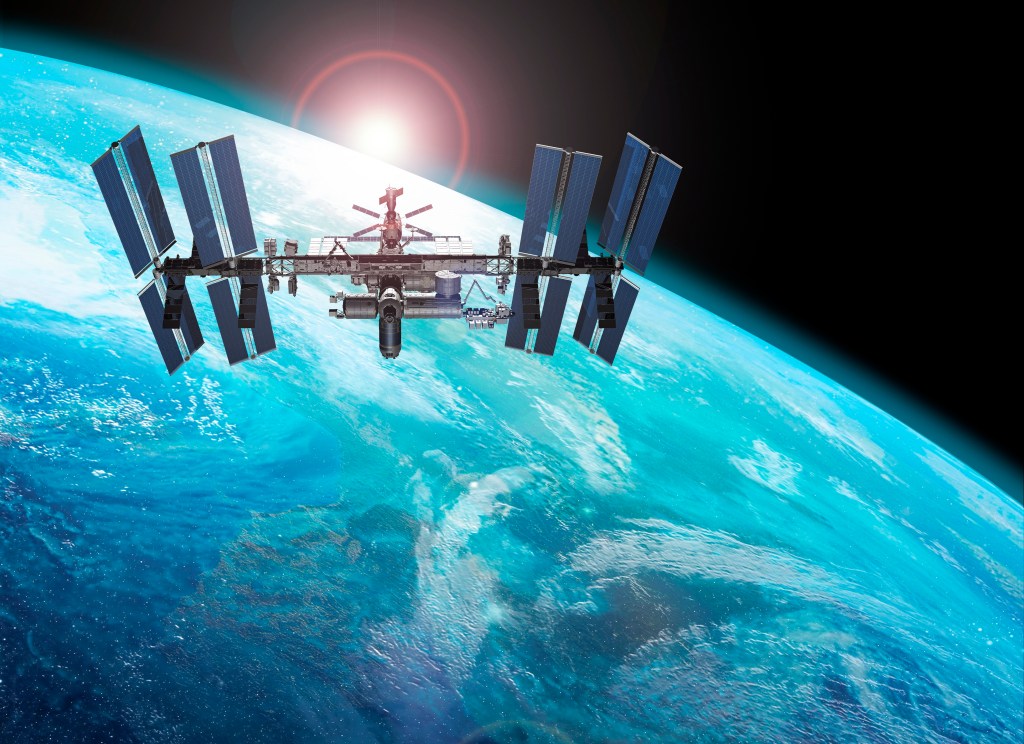 CARLOS CLARIVAN—SCIENCE PHOTO LIBRARY/GETTY IMAGES
to travel around something
(noun)
Many satellites orbit the Earth.
the moon and visiting its surface. This will be made possible by what NASA calls the Lunar Orbital Platform-Gateway. It will be a sort of mini space station.
CARLOS CLARIVAN—SCIENCE PHOTO LIBRARY/GETTY IMAGES
to travel around something
(noun)
Many satellites orbit the Earth.
the moon and visiting its surface. This will be made possible by what NASA calls the Lunar Orbital Platform-Gateway. It will be a sort of mini space station.
Gateway will be smaller than the International Space Station. The ISS is made up of 15 modules, or interlocking parts. Gateway will have five modules. One or two of them, each about the size of a school bus, will house astronauts. Another module will provide solar electric power, for propulsion
propulsion
 PAUL BRADBURY/GETTY IMAGES
the action that pushes something forward
(noun)
Swimmers kick their feet underwater as a means of propulsion.
. Others will serve as an air lock for spacewalking astronauts and a docking port for vehicles. Astronauts will travel to the moon’s surface and back in a smaller, reusable craft.
PAUL BRADBURY/GETTY IMAGES
the action that pushes something forward
(noun)
Swimmers kick their feet underwater as a means of propulsion.
. Others will serve as an air lock for spacewalking astronauts and a docking port for vehicles. Astronauts will travel to the moon’s surface and back in a smaller, reusable craft.
In the next few years, NASA plans to use unmanned
unmanned
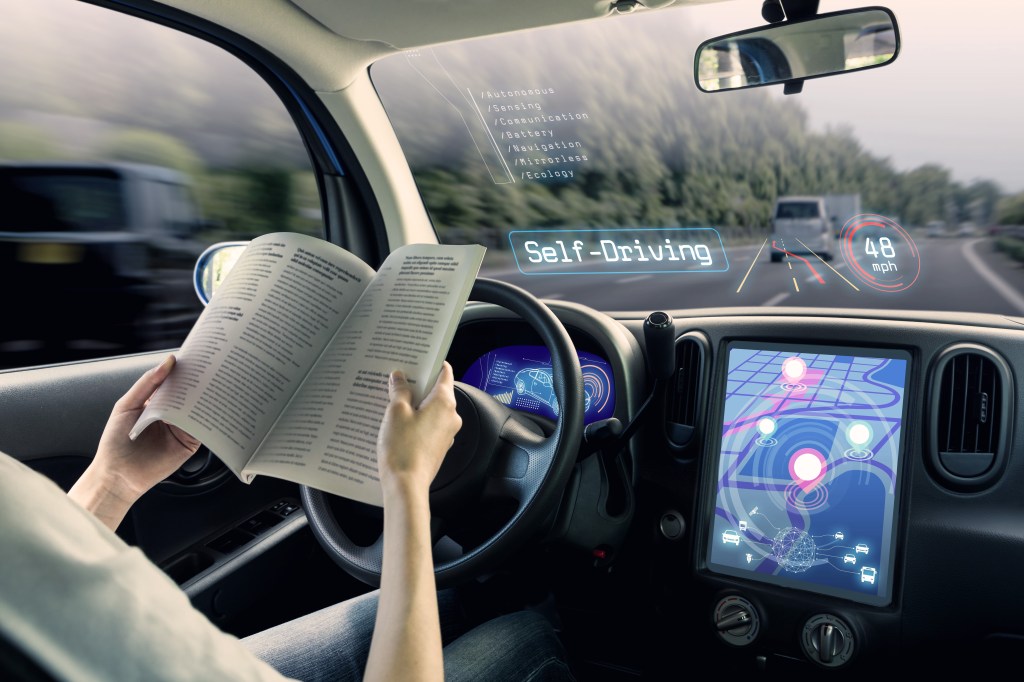 CHOMBOSAN/ISTOCK/GETTY IMAGES
not operated or completed by a person
(adjective)
There is new technology to have an unmanned taxi drive pick you up!
rockets to send parts for Gateway into lunar orbit. “We’re working to have astronauts on the moon by the mid-2020s,” says Bill Gerstenmaier. He is NASA’s associate administrator for human exploration and operations.
CHOMBOSAN/ISTOCK/GETTY IMAGES
not operated or completed by a person
(adjective)
There is new technology to have an unmanned taxi drive pick you up!
rockets to send parts for Gateway into lunar orbit. “We’re working to have astronauts on the moon by the mid-2020s,” says Bill Gerstenmaier. He is NASA’s associate administrator for human exploration and operations.
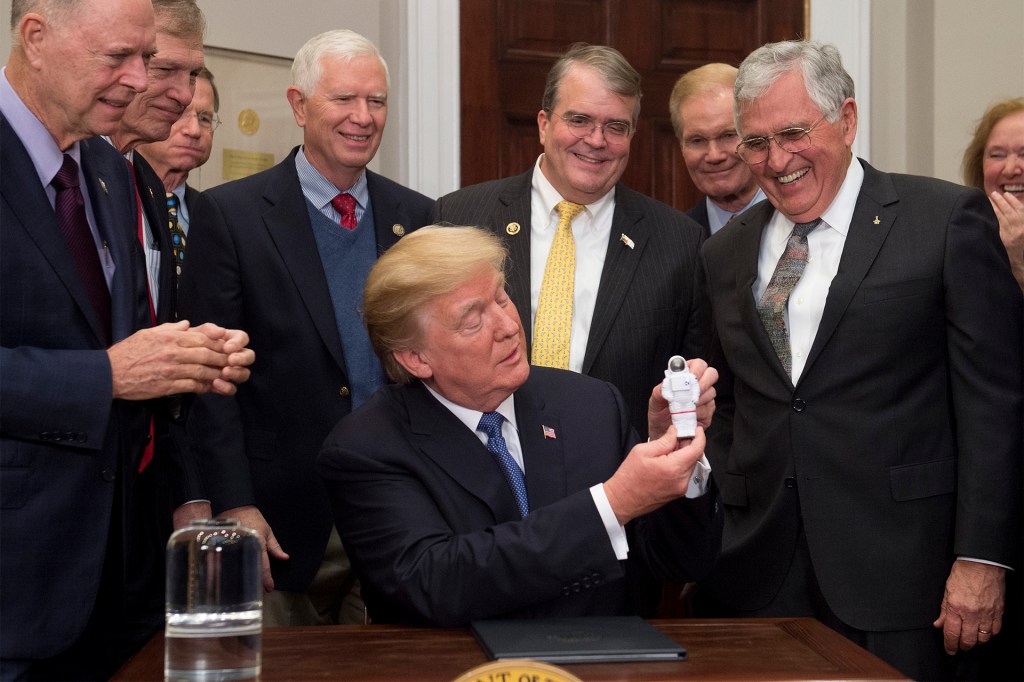
THINK BIG President Trump holds a toy moonwalker during the signing of a directive that put moon exploration back on NASA’s agenda.
SAUL LOEB—AFP/GETTY IMAGESAll Aboard
Gateway will allow astronauts to explore more of the moon than Apollo ever could. Apollo flew a circular path around it, staying about 60 miles away. It could land only near the moon’s equator
equator
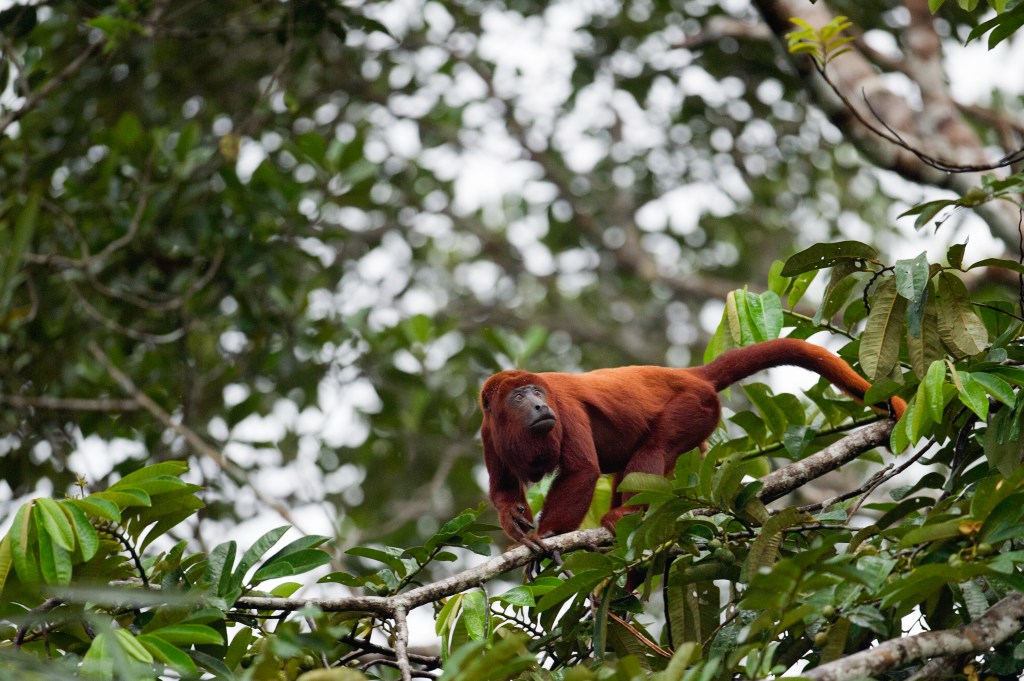 REBECCA YALE/GETTY IMAGES
an imaginary circle the same distance from the North Pole and South Pole in the middle of the Earth
(noun)
Most howler monkeys lives in rain forests along the equator.
. Gateway will travel in an egg-shaped orbit, between 1,200 and 47,000 miles from the moon’s surface. Astronauts will pick their landing spot. They’ll simply adjust Gateway’s orbit to fly over that spot and take the landing vehicle down.
REBECCA YALE/GETTY IMAGES
an imaginary circle the same distance from the North Pole and South Pole in the middle of the Earth
(noun)
Most howler monkeys lives in rain forests along the equator.
. Gateway will travel in an egg-shaped orbit, between 1,200 and 47,000 miles from the moon’s surface. Astronauts will pick their landing spot. They’ll simply adjust Gateway’s orbit to fly over that spot and take the landing vehicle down.
Former astronaut Ken Bowersox is chair of NASA’s Human Exploration and Operations Committee. He says Gateway encourages more-ambitious missions. “It’s like a base camp on a mountain. When you build that, people are tempted to go higher, and they do go higher.”
NASA is inviting its international partners to pitch in. Russia may provide the air-lock module. Japan might contribute an additional module that will assist with propulsion and communications. Canada could build a robotic arm that would allow Gateway to do outdoor work.
The U.S. Congress will have to get on board too. It’s up to them to provide the money to build Gateway. When President John F. Kennedy encouraged Americans to support the space program in 1962, he said in a speech, “We choose to go to the moon.” The most powerful word in that line was choose. We chose then. We can choose again. It’s entirely up to us.
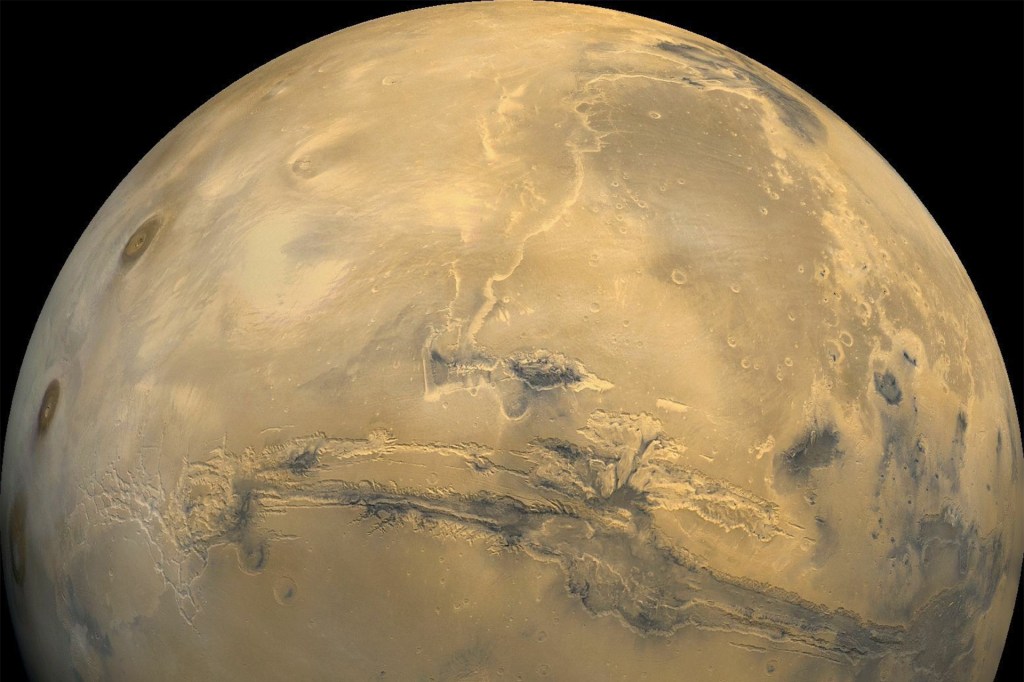
Mars
NASAOn Deck: Mars
NASA sees Gateway as a base for staging missions beyond the moon. What’s the next stop? Mars. The space agency plans to build a special craft for the trip. The Deep Space Transport will carry astronauts from Gateway to the Red Planet and back. This will reduce the enormous cost of shuttling supplies for a Mars mission all the way from Earth. The Mars transport could even expand its size by attaching one of Gateway’s habitat modules.
Assessment: Click here for a printable quiz. Teacher subscribers can find the answer key in this week's Teacher's Guide.








